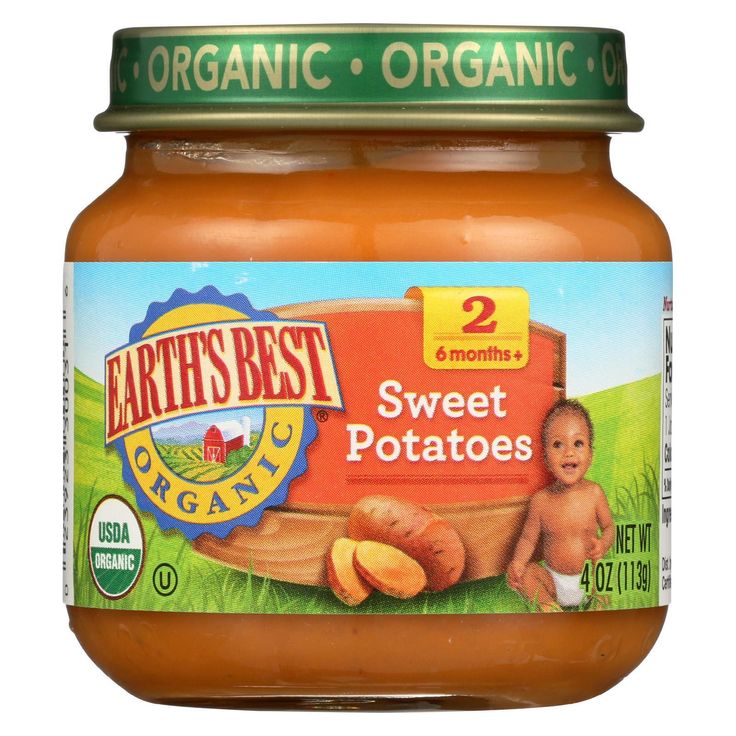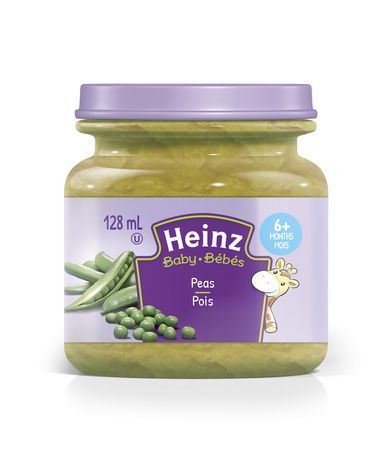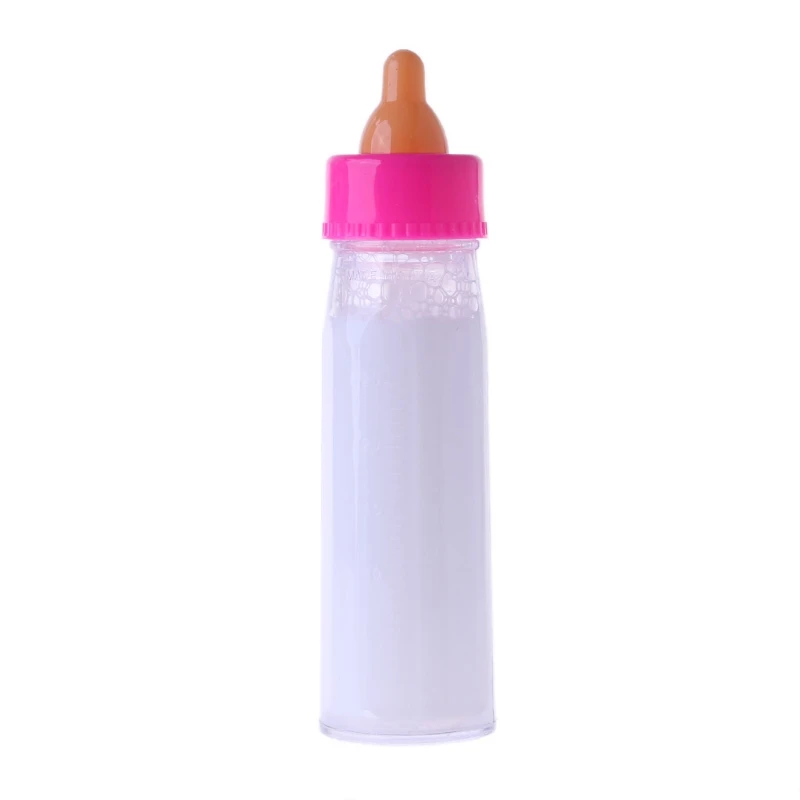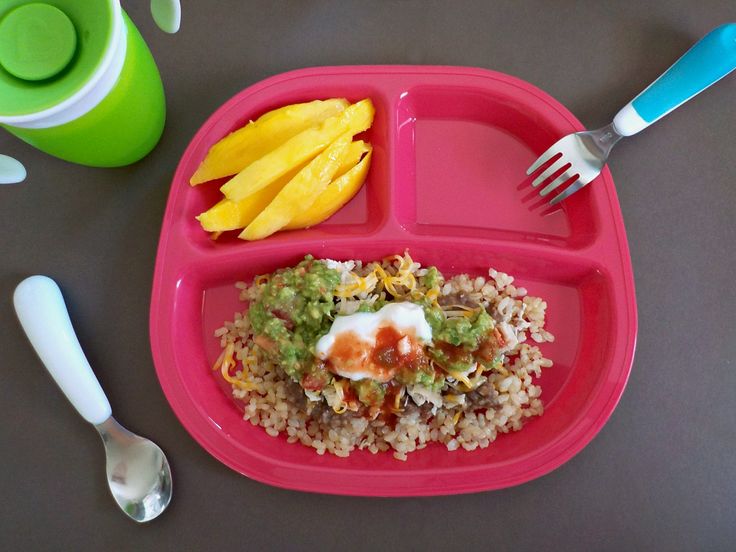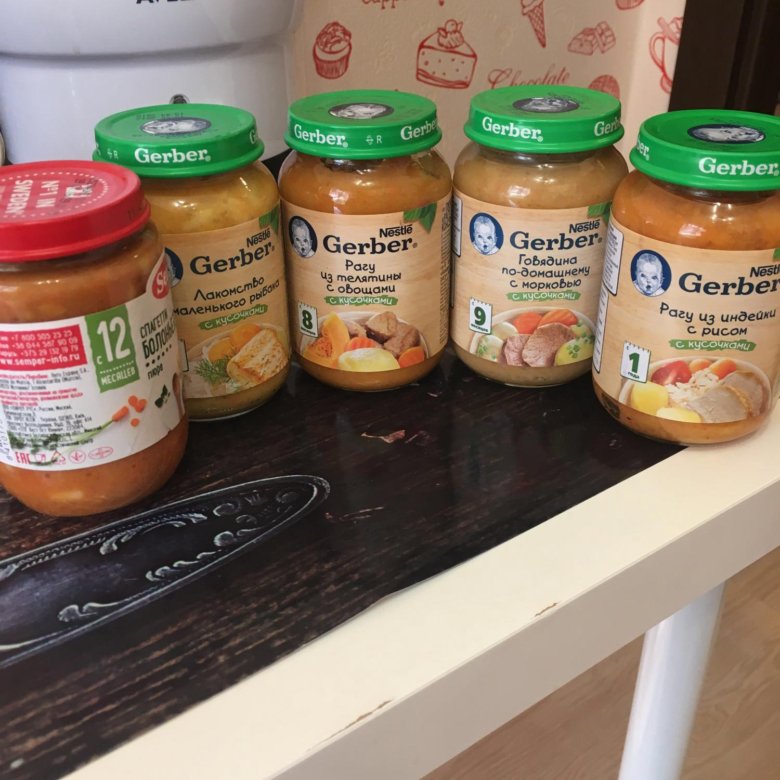Baby feeding chart solids and formula
A Solid Food Feeding Schedule
Home / baby-solid-foods-age / A Solid Foods Feeding Schedule: Types and Amounts of Solid Foods By Age
by Emily DeJeu in baby-solid-foods-age, baby-solids-feeding-schedules, baby-solids-how —
When it comes to starting your baby on solids, the list of “dos” and “don’ts” seems long, doesn’t it? Enter a simple question like, “How much should I feed my baby at each meal?” or “When should I start feeding my baby dairy?” into a search engine, and you’ll find pages and pages answers (many of which contradict each other!)
We know that when it comes to baby schedules, moms like to have the basics presented to them in a clear, easy-to-understand way. We’ve attempted to do just that in this article. Below, you’ll find two simple charts: one outlines the types of solid foods you can feed your baby, by age; the other highlights amounts and serving sizes, by age. Use both as a guide as you shop for and prepare your baby’s foods.
Remember, these charts are a general guide — they’re not set in stone! If your baby eats more servings of vegetables in a day than we’ve recommended here, good for him! We’ve simply grouped the foods based on their digestability, texture, and allergy risk. What’s more, the serving sizes we recommend are general ranges, but all babies are unique.
You’ll also notice that this chart shows solid food beginning between 4-6 months. You can start small amounts of solid food as early as 4 months; however, based on the most recent health information, we recommend waiting until closer to 6 months to start solids.
As you look over the recommended amounts of solid food, keep one thing in mind: you should always prioritize your baby’s breastmilk or formula intake over your baby’s solid food intake. In other words, if your baby isn’t drinking the recommended amounts of breastmilk or formula, but is eating plenty of solid food, be sure to decrease their solid food intake and really focus on making sure they’re drinking the recommended amounts of breastmilk or formula.
Finally, keep in mind that the information offered here should never replace the advice or guidance of your baby’s doctor.
TYPES OF SOLID FOODS BY AGE| Age | Grains | Fruits | Vegetables | Meat and Dairy | Feeding Tip |
| Birth-4 Months | None | None | None | None | At this age, breastmilk or formula is all a baby needs to be properly nourished. |
| 4-6 Months | Baby cereal (traditionally a baby’s very first food) | Apple, Avocado, Banana, Pear | Green Beans, Sweet Potato, Squash | None | Not sure if your baby’s ready for solids? Review the tips for when to start. |
| 7-8 Months | Same as above. | Same as above, plus cherries, mango, papaya, nectarines and peaches, and plums. | Same as above, plus carrots, cauliflower, peas, potatoes, pumpkin, and zucchini. | Poultry (chicken and turkey), beans, and legumes. Doctors used to recommend waiting to offer egg whites until after 12 months; that recommendation has changed. Now, egg yolks and whites can be introduced around 8 months. | In the beginning, it’s best to offer baby single-ingredient meals. Around 8 months, however, you can start mixing foods for more interesting tastes. |
| 9-10 Months | Same as above, plus quinoa, wheat, pasta, crackers, bread, bulgar, kasha, and millet. | Same as above, plus blueberries, coconut, figs, grapes (mashed), kiwi, and melon. | Same as above, plus asparagus, beans, beets, broccoli, cucumber, eggplant, mushrooms, onion, peppers, and spinach.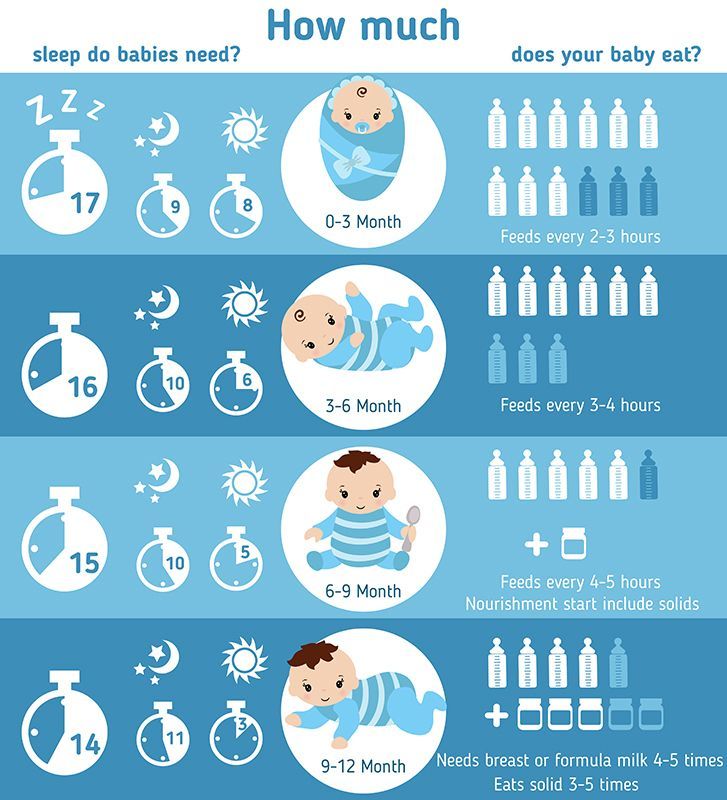 | Same as above, including yogurt, cheese (including cottage cheese and cream cheese), beef, pork, tofu. | Begin offering your baby tiny bits of food; you can feed these to her on a spoon or spread them on a tray and encourage her to feed herself. |
| 11-12 Months | Same as above. | Same as above, plus tomatoes, citrus fruits, and strawberries. | Same as above, plus corn. | Same as above, plus fish. Whole milk, shellfish, nuts, and nut butters can be introduced any time after 12 months. | By this point, your baby should be feeding himself more and more. Whenever possible, offer your baby finger food at meals. |
AMOUNTS OF SOLID FOODS BY AGE
| Age | Liquid (per day) | Grains (per day) | Fruit (per day) | Vegetables (per day) | Meat and Dairy (per day) |
| Birth-4 months | 25-35 oz of breastmilk (~6 breastfeeding sessions) or 20-30 oz. formula (or combination). No water or juice. formula (or combination). No water or juice. | None | None | None | None |
| 4-6 months (1-2 solid feedings per day) | 25-35 oz of breastmilk (~5-8 breastfeeding sessions) or 20-30 oz. formula (or combination). No water or juice. | 1-2 tablespoons dry infant cereal, mixed with breastmilk or formula | 1-2 tablespoons pureed fruit | 1-2 tablespoons pureed vegetables | None |
| 7-8 months (2-3 solid feedings per day) | 25-35 oz of breastmilk (~5 breastfeeding sessions) or 20-30 oz. formula (or combination). 2-3 oz. of water.** | 1-6 tablespoons dry infant cereal, mixed with breastmilk or formula | 1-6 tablespoons pureed/mashed fruit | 1-6 tablespoons pureed/mashed vegetables | Meat: 1-2 tablespoons pureed/mashed protein (offer at 8 months) Dairy: 1/4-1/2 cup yogurt or cottage cheese; 1 oz.  shredded cheese shredded cheese |
| 9-10 months (3 solid feedings per day) | 25-35 oz of breastmilk (~4-5 breastfeeding sessions) or 20-30 oz. formula (or combination). 4-6 oz. of water.** | 2-4 tablespoons dry infant cereal, mixed with breastmilk or formula. 1-2 servings other grains* | 4-8 tablespoons mashed/chopped fruit | 4-12 tablespoons mashed/chopped vegetables | Meat: 2-6 tablespoons mashed/chopped protein Dairy: Same as 7-8 month recommendations. |
| 11-12 months (3 solid feedings per day) | 25-35 oz of breastmilk (~3-4 breastfeeding sessions) or 20-30 oz. formula (or combination). 6-8 oz. of water.** | Same as above, except increase “other grains” to 2 servings | 6-8 tablespoons mashed/chopped fruit, or 1/2 cup diced | 6-12 tablespoons mashed/chopped vegetables, or 1/2 – 3/4 cup diced | Meat: 2-6 tablespoons mashed/chopped protein, or 1/4 cup diced Dairy: Same as 7-8 month recommendations. 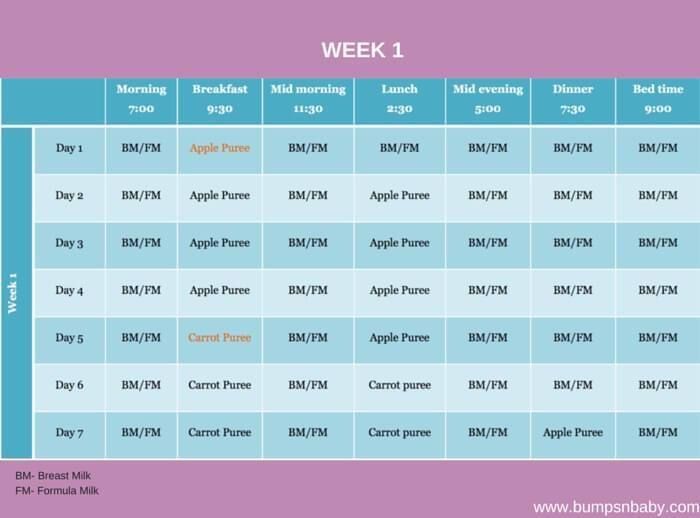 |
*1 serving of “other grains” = 1/2 slice of bread, 2 crackers, 1/2 cup Cheerios, or 1/2 cup whole wheat pasta
**You can offer small amounts of juice at this age, too, but based on pediatric dental recommendations, we don’t advise offering much juice at all (if any). We also advise that parents offer breastmilk or formula first. Only offer juice or water if your baby is getting the breastmilk and/or formula he needs each day.
Everything You Need To Know About Starting Solids – All In One e-Book!What if you could find everything you needed to know about starting your baby on solid foods – when it’s best to start solids, how to introduce solids, complications, food allergies, etc. – in one easy-reference guide? Now you can! Your Baby’s Start To Solid Foods: A Comprehensive Guide will walk you through every step of starting solids. Plus, your e-Book package includes several bonus materials, designed to maximize your success in starting solids. You’ll get a thorough guide to treating constipation, a dietitian’s advice on how to avoid 5 common solid-foods mistakes, and a weekly meal plan for your baby’s first year. Grab your e-Book today, and ensure your baby has the healthiest possible start to solid foods!
You’ll get a thorough guide to treating constipation, a dietitian’s advice on how to avoid 5 common solid-foods mistakes, and a weekly meal plan for your baby’s first year. Grab your e-Book today, and ensure your baby has the healthiest possible start to solid foods!
The Baby Sleep Site® is a participant in the Amazon Services LLC Associates Program and other product affiliate programs. If you click on a product link and make a purchase, The Baby Sleep Site® may (but not always) receive a small commission from the company selling the product, but will not affect your purchase price. We only recommend products that we believe are quality products and are good for our readers.
Need Baby and Toddler Sleep Help? We Have the Resources You Need!If you are tired of wading through stacks of baby sleep books that just aren't working, if you are beyond exhausted and just can't solve your child's sleep problems on your own.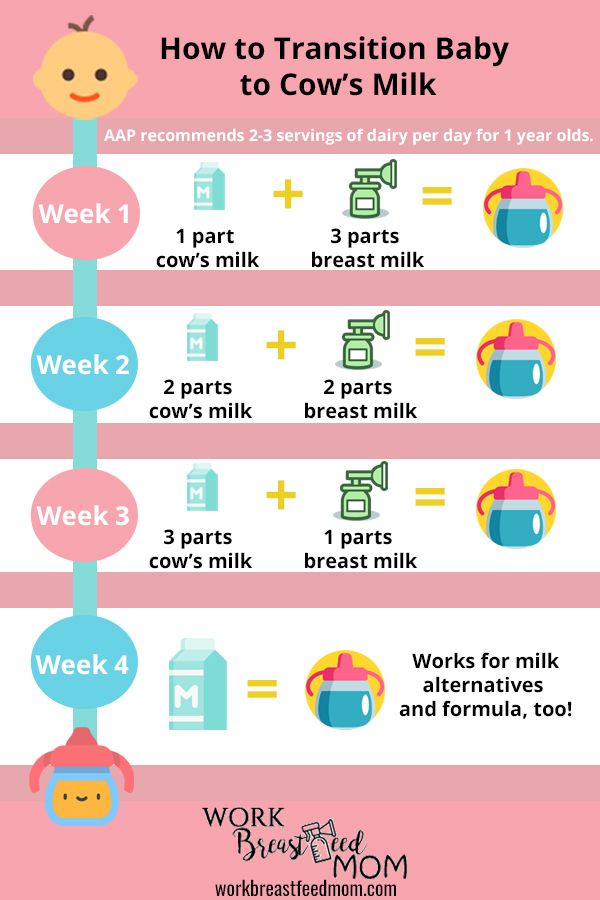 ..then personalized sleep consulting is for you. We have been around since 2008 and invite you to tap into our MANY years of experience. Our team of expert consultants will create a Personalized Sleep Plan® just for your family and then support you through every step of implementing your plan. We encourage you to consider our personalized, one-on-one baby and toddler sleep consultation packages if you want to see real, meaningful results now. Your consultation package also includes ample follow-up help, designed to help you troubleshoot problems and tweak your plan as needed.
..then personalized sleep consulting is for you. We have been around since 2008 and invite you to tap into our MANY years of experience. Our team of expert consultants will create a Personalized Sleep Plan® just for your family and then support you through every step of implementing your plan. We encourage you to consider our personalized, one-on-one baby and toddler sleep consultation packages if you want to see real, meaningful results now. Your consultation package also includes ample follow-up help, designed to help you troubleshoot problems and tweak your plan as needed.
Learn More About Services
For those persistent nighttime struggles, check out The 3 Step System to Help Your Baby Sleep. Using the same unique approach and practical tools for success, this e-book helps you and your baby sleep through the night.
Learn More About The 3-Step System
If you’re looking for ways to get your baby or toddler into a healthy sleeping routine during the day, explore Mastering Naps and Schedules, a comprehensive guide to napping routines, nap transitions, and all the other important “how-tos” of good baby sleep. With over 45 sample sleep schedules and worksheets, Mastering Naps and Schedules is a hands-on tool ideal for any parenting style.
With over 45 sample sleep schedules and worksheets, Mastering Naps and Schedules is a hands-on tool ideal for any parenting style.
Learn More About Mastering Naps
For those persistent toddler sleep struggles, check out The 5 Step System to Help Your Toddler Sleep. Using the same unique approach and practical tools for success, this e-book helps you and your toddler sleep through the night and enjoy a better daytime schedule.
Learn More About The 5-Step System
Join our VIP Members Area packed with exclusive content and resources: e-Books, assessments, detailed case studies, expert advice, and more. As a VIP member, you'll also enjoy a weekly chat with an expert sleep consultant.
Learn More About VIP Membership
Since starting in 2008, we’ve gained over 10,000 comments on our blog!
At this time, we’ve turned the comment sections off.
We would, of course, love to hear from you! For help with your specific sleep problems, please learn more about our DIY resources or our sleep consultation services. Or, consider emailing us for a fast and helpful response!
Sample Schedules for Starting Solids (6 to 12 Months)
Looking for sample schedules for starting solids? Ideas for how to introduce solids on a schedule. Including sample feeding schedule for 6 months old and beyond.
Ready to start solids with your babe? This is an exciting time!
Here’s everything you need to know about introducing solids safely including sample schedules for starting solids from 6 months to 12 months, plus recommended menu items.
Is Baby Ready for Solids?
The most important thing to consider as your baby approaches the 4-6 month mark, is whether they are showing signs of feeding readiness.
This includes things like:
- Baby is 6 months old (there is no benefit to starting solids before 4 months at the earliest)
- They are interested in food they see around them
- Baby is losing their tongue thrust reflex that keeps food out of their mouth
- They are sitting up on their own for at least 60 seconds at a time
If your baby is showing these signs, great! It’s time to start introducing some solids.
Note that baby should continue receiving breast milk and/or formula for at least the first year of life, as you begin the transition to solid foods.
What Are the Benefits of Solids?
Eventually, your baby’s diet will be predominantly solid foods, but it takes some time to get there.
Solid foods expose your baby to a wide variety of textures, shapes, consistencies, and colors. They’re also important for nutrition, providing an array of vitamins, minerals, fiber, protein, fat, and energy.
Eating solids is also important for physical growth and development. As your baby matures, they become prepared to try new foods and get more of their nutrients from solids than breast milk/formula.
Plus, it’s fun to play with and try new foods!
However you decide to introduce solids – using a traditional spoon-feeding/puree approach or a baby-led weaning approach – your baby benefits from the nutrition and exposure.
Recommended Solid Foods for Babies
Below are some nutritious first foods that have worked well for us:
- Tofu
- Avocado
- Oatmeal
- Hummus
- Pancakes
- Soft fruits, like bananas, kiwi, mango
- Soft-cooked vegetables, like zucchini, sweet potato, and broccoli
- Beans, peas, lentils
- Toast, cut into strips
As you design your baby’s menu, these are some great nutrient-dense foods to incorporate that can also be prepared and served in an age-appropriate way.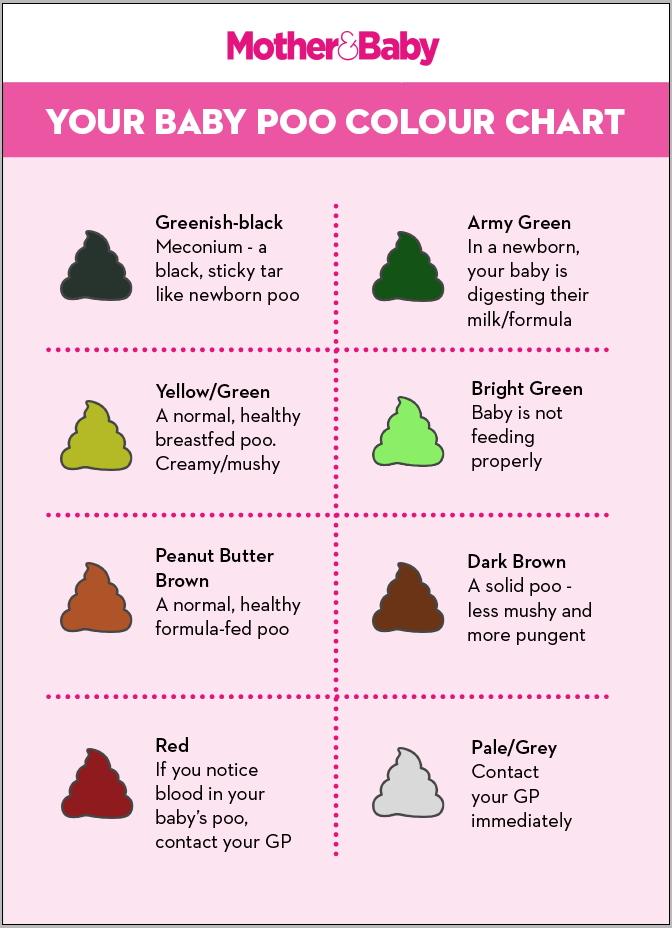
For a list of foods to avoid when starting solids, see this blog post.
Sample Schedules for Starting Solids
How you choose to design your baby’s solid feeding schedule depends on several things, including what your daily routine looks like.
We recommend beginning with 1 solid food meal per day for 6-month-old babes and increasing to 3 meals per day for 9-month-old babies.
Between these milestones, continue to slowly add new foods and increase how many meals/snacks you’re offering.
By 12 months old, your baby will be eating 3 meals and a few snacks per day of solid foods, using breast milk and/or milk/milk alternatives (e.g., fortified unsweetened soy or pea milk) as needed.
Keep in mind that it can take 10-15 times of offering a food before a baby even tries it, or decides whether they like it. If your baby doesn’t seem to be interested in a certain food, keep offering.
Below are a few example feeding schedules for offering solids to babes at least 6 months old.
Feeding Schedule for 6 Months
- 7am: Breastfeed/bottle feed
- 8am: Breakfast – Iron-fortified baby oat cereal, peeled sliced peaches, avocado strips
- 11am: Breastfeed/bottle feed
- 2pm: Breastfeed/bottle feed
- 5pm: Breastfeed/bottle feed
- 7pm: Breastfeed/bottle feed
Note that you may continue to breastfeed/bottle feed babies this age during the night if they are still waking up.
Feeding Schedule for 9 Months
- 7am: Breastfeed/bottle feed
- 8am: Breakfast – Pancake strips, chopped raspberries and bananes
- 11am: Breastfeed/bottle feed
- 12pm: Lunch – Penne pasta with tomato sauce, green peas, melon slices with skin and seed removed
- 3pm: Breastfeed/bottle feed
- 5pm: Breastfeed/bottle feed
- 6pm: Dinner – Smashed black beans, tofu strips drizzled with thinned nut butter, sliced orange sections with outer membranes and pith removed
- 7pm: Breastfeed/bottle feed
Feeding Schedule for 12 Months
- 7am: Breast milk or milk/milk alternative
- 8am: Breakfast – Toast strips with mashed avocado, half of a banana (remove 2 inches of the skin, leaving the rest of the peel for easy handling)
- 10am: Mid-morning snack – chopped watermelon, diced grapes, hummus
- 12pm: Lunch – Quinoa-based veggie burger patty, steamed cauliflower and beet strips
- 3pm: Afternoon snack + breast milk or milk/milk alternative
- 6pm: Dinner – Lightly fried tempeh strips, kidney beans, roasted sweet potato cubes, steamed cucumber
- 7pm: Breast milk or milk/milk alternative
We hope these sample schedules for starting solids are helpful when your baby is ready for first foods.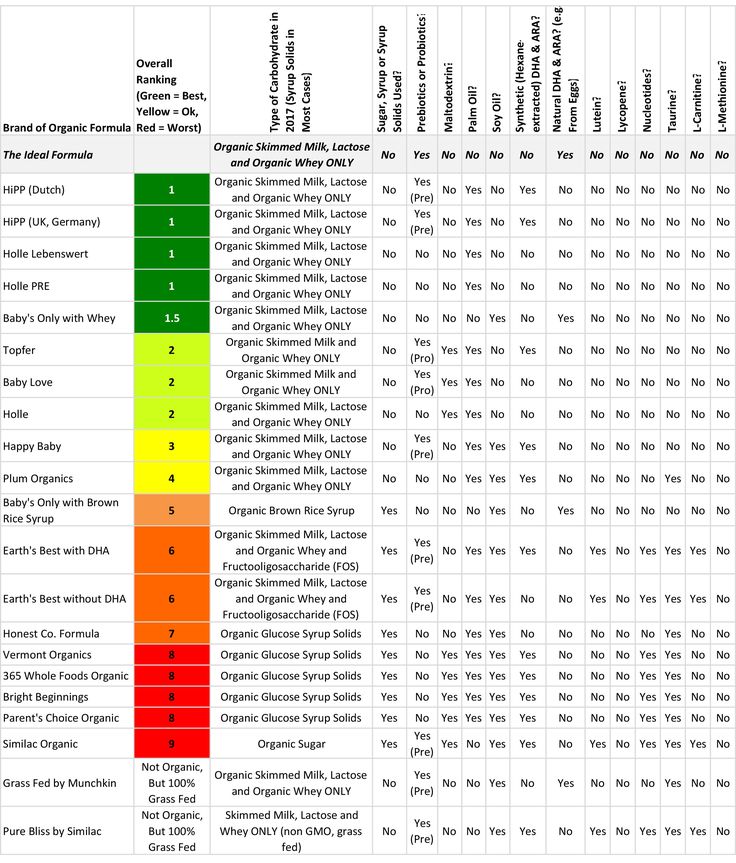 When you introduce solids on a schedule, this can help alleviate some of the stress of feeding while nourishing your baby well. Have fun with it!
When you introduce solids on a schedule, this can help alleviate some of the stress of feeding while nourishing your baby well. Have fun with it!
Chime In: If you’ve already done solids with your babe, what has your schedule looked like? Any other tips for new parents?
If you found this post helpful, we suggest you read these too:
- Spoon Feeding vs. Baby-Led Weaning
- Do Babies Really Need 11mg of Iron a Day?
- Plant-Based Baby-Led Weaning Grocery List
- How to Wean Baby to Plant-Based Milk
table of the introduction of the first complementary foods by months, input scheme, the correct menu of the child on the IV, what can be given to the artificial
Contents: Hide
Formula-fed complementary foods
Inexperienced mothers of newborn babies are concerned about many problems: fighting colic, establishing a daily routine, performing hygiene procedures.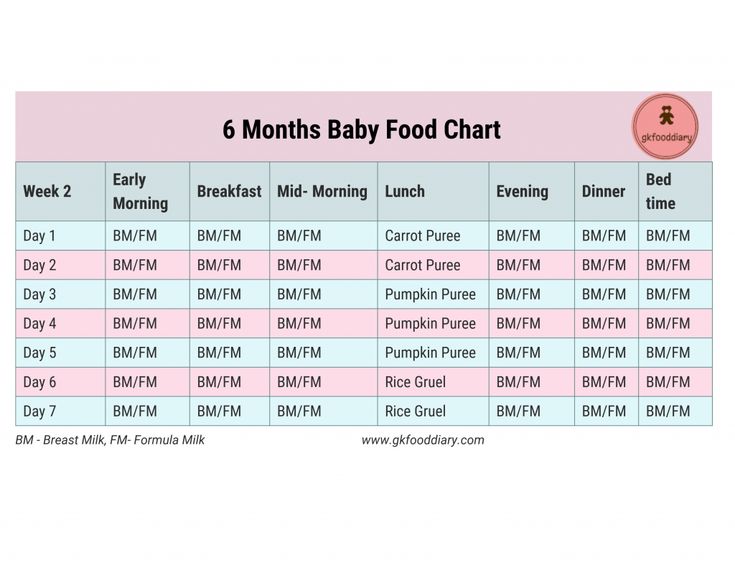 However, time goes by and acute issues gradually become irrelevant. Inexorably, a new crucial stage is coming - the introduction of the first complementary foods begins. We will tell you how to properly introduce complementary foods with artificial feeding. nine0005
However, time goes by and acute issues gradually become irrelevant. Inexorably, a new crucial stage is coming - the introduction of the first complementary foods begins. We will tell you how to properly introduce complementary foods with artificial feeding. nine0005
Why does a baby need complementary foods
Both natural and bottle-fed babies are usually equally full of energy, active and inquisitive. The introduction of complementary foods allows you to gradually accustom the baby's gastrointestinal tract to new food, as well as give the growing body the vitamins and minerals that it needs at a particular stage of physical development. Also, with its help, you can gradually adapt the baby to the diet of adult family members and then painlessly transfer it to the common table. There are no exact norms and rules for the introduction of complementary foods. It is necessary to focus on the needs of the child and follow the recommendations of the pediatrician. nine0005
When can complementary foods be introduced with artificial feeding
Teaching children to adult food should be timely.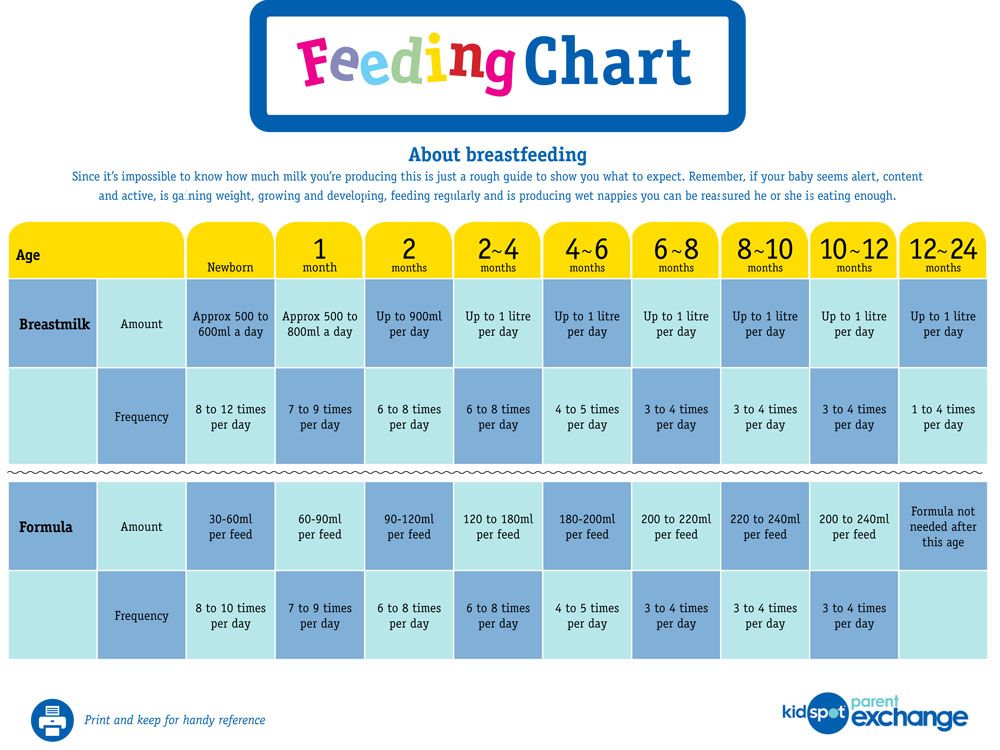 The fact is that the gastrointestinal tract of an infant at a too early age (for example, 2-3 months) is not able to process certain foods. The mucous membrane of the digestive system is irritated, and this can provoke gastritis and other serious health problems.
The fact is that the gastrointestinal tract of an infant at a too early age (for example, 2-3 months) is not able to process certain foods. The mucous membrane of the digestive system is irritated, and this can provoke gastritis and other serious health problems.
IMPORTANT! At what age can you introduce your baby to new products? For children in good health, WHO recommends that complementary foods be introduced at 6 months of age. But for some babies, if there are certain medical indications, the doctor may advise you to do this earlier. nine0005
The recommendations do not provide a specific menu for each age, which must be followed. Much depends on the socio-cultural characteristics of different peoples and the individual pace of development of children. In most cases, the timing of the start of complementary foods varies from 4.5 to 6 months. Specialists distinguish the following signs of a child's readiness to try something new, in addition to the usual artificial mixture:
• the baby is not quite full of the mixture and asks to continue the meal; nine0047 • his first teeth have already erupted, he tries to chew them, takes and tries to taste food from adult plates;
• if you bring a spoon to the baby, he will begin to examine its contents and want to try it;
• the child sits confidently, can turn his head and control his body;
• The tongue thrust reflex fades so baby can drink water from a spoon without it dripping back out.
It is not necessary that all of the listed features be present at once. If several of them are observed, then it is quite possible to try to introduce the first complementary foods. nine0005
Read also: How much does a newborn eat per feeding?
When to delay feeding
It is better to delay feeding if:
• the child is ill;
• less than three days have passed since vaccination;
• the baby is teething, he does not sleep well and is naughty;
• there have been some changes in the family's lifestyle, such as moving to a new home, mother going to work, traveling to another city or country;
• the crumbs have manifestations of allergies, upset of the gastrointestinal tract; nine0047 • The weather is too hot outside.
Therefore, complementary foods should only be offered to a child when he is completely healthy, calm and in a good mood.
Basic rules for the introduction of complementary foods
Anna Levadnaya, pediatrician, Candidate of Medical Sciences, explains that the principles of introducing complementary foods on natural and artificial feeding are similar: it is recommended to focus on food interest, signs of a child's readiness for introducing complementary foods. The only thing is that with exclusive breastfeeding, it is not recommended to supplement the child with water, while bottle-fed children can be offered water. nine0005
The only thing is that with exclusive breastfeeding, it is not recommended to supplement the child with water, while bottle-fed children can be offered water. nine0005
Video: 10 rules for complementary foods
Author: pediatrician, Ph.D. Komarovsky E.O.
The rest of the principle is the same: for both breastfeeding and formula-feeding, offer your baby a new food before feeding, and then supplement with breast milk or formula.
In order for new products to bring benefits to the baby on artificial feeding and not harm his health, you should follow a number of simple recommendations.
1. Complementary foods are usually given in the morning before the main formula feeding. This allows you to track the reaction to unfamiliar food during the day and take action if necessary. nine0047 2. It is necessary to carefully monitor the cleanliness of children's dishes, pots and blenders. The gastrointestinal tract of an infant is very sensitive to infectious agents.
It is necessary to carefully monitor the cleanliness of children's dishes, pots and blenders. The gastrointestinal tract of an infant is very sensitive to infectious agents.
3. New food is introduced into the baby's diet from a quarter of a teaspoon. If he tolerated the product well, then within a week the portion is brought to one or two tablespoons. Then you should look at the desire of the child and his well-being, and also take into account the recommendations of the pediatrician.
4. The first dishes should be of a liquid consistency, then they are made into a puree, and only closer to a year can you give soft pieces to chew. Pediatricians advise adding butter and vegetable oils to them as vegetables and cereals are introduced into the diet. nine0047 5. In order to protect the child's body from pathogens that may be contained in unprocessed food, complementary foods should first be boiled, stewed or baked. The baby is offered slightly warm food: the optimum temperature is 36-37 degrees.
6. It is advisable to try the products immediately from a spoon. If the baby gets used to the bottle, this will slow down the formation of the skill of chewing food and may subsequently affect diction.
7. A food diary can help you reliably identify what your child has an allergic reaction to. It should record everything that the baby ate during the day, in what quantity and at what time. You can also record in a diary whether he liked the new dish or not. nine0047 8. Complementary foods should be introduced only from mono-products. Only after making sure that vegetables, cereals, juices, fruits or protein products are well tolerated by the child, you can offer their mixes.
9. The interval between introduced and new complementary foods should be at least a week. Such a period of time will allow the child's body to adapt to the expanded diet and perceive other dishes without unpleasant surprises.
10. If an allergy occurs to any product, it should be immediately removed from the menu and consulted by a pediatrician. It will be possible to return to this complementary food no earlier than in a month. nine0047 11. It is desirable that with the introduction of complementary foods, the infant receives a sufficient amount of liquid. It can be both ordinary water and compotes.
It will be possible to return to this complementary food no earlier than in a month. nine0047 11. It is desirable that with the introduction of complementary foods, the infant receives a sufficient amount of liquid. It can be both ordinary water and compotes.
12. Do not offer your child foods that are considered highly allergenic as first foods: full-fat cow's milk, citrus fruits, gluten-containing cereals, chicken eggs, etc.
13. Do not force-feed a child, even if you think that he is hungry. A small person has the right to defend his opinion in the choice of dishes.
14. Feed your baby exclusively in a sitting or reclining position to avoid the risk of aspiration. Very convenient for this purpose are special highchairs made of easy-to-clean material. nine0005
From 7–8 months, formula-fed mashed or pureed food, such as a banana, can be used as complementary foods. If semi-solid food is not introduced into his diet in time, problems may arise with the intake of solid food in the future: after a year, the child will refuse it completely.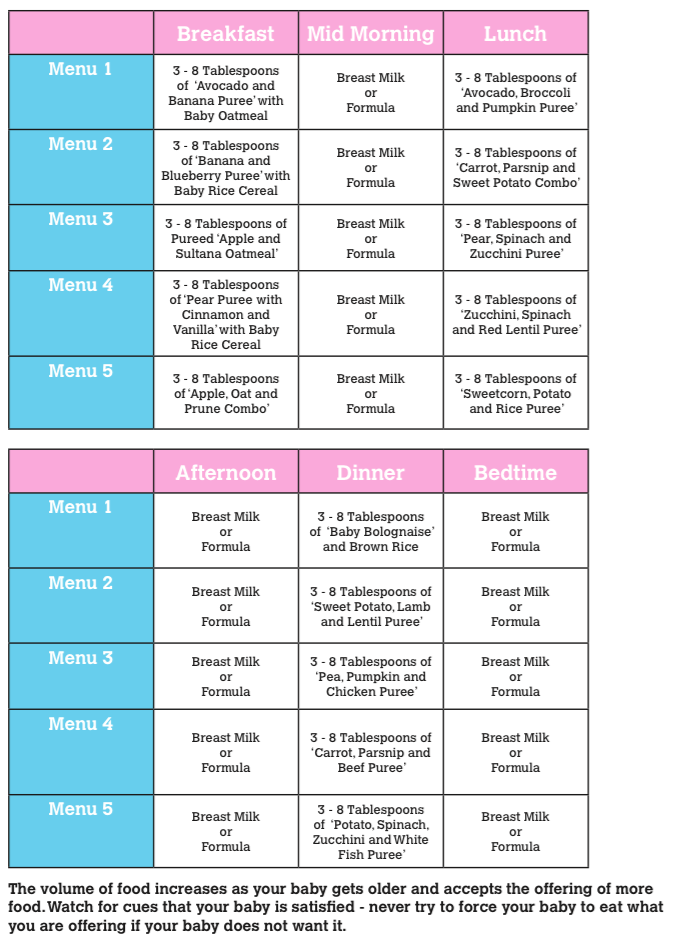 From 8–9 months, the child should be offered the so-called finger food: cut soft fruits and vegetables into pieces, such as boiled carrots, potatoes, and offer them to the baby. If you follow this scheme, by the year the child will be ready to eat solid food from the common table, Levadnaya explains. nine0005
From 8–9 months, the child should be offered the so-called finger food: cut soft fruits and vegetables into pieces, such as boiled carrots, potatoes, and offer them to the baby. If you follow this scheme, by the year the child will be ready to eat solid food from the common table, Levadnaya explains. nine0005
Complementary Feeding Schedule
We provide a suggested complementary feeding schedule for up to a year to guide you unless advised otherwise by your doctor. As a standard formula-fed babies with normal weight gain are offered products in approximately the following order:
• vegetable puree;
• cereals;
• fruit puree;
• kefir;
• butter and vegetable oil;
• children's biscuits and bread;
• meat puree;
• fish puree. nine0047
The earlier introduction of vegetable puree rather than fruit puree is due to the fact that the former has a more insipid taste. Having fallen in love with sweet apples and bananas, the child may subsequently refuse to eat zucchini, pumpkin, etc. However, if the infant is underweight, the doctor may recommend porridge as the first complementary food for him. They are more high-calorie and allow you to gain the missing kilograms faster. Each type of complementary food is described in the table.
However, if the infant is underweight, the doctor may recommend porridge as the first complementary food for him. They are more high-calorie and allow you to gain the missing kilograms faster. Each type of complementary food is described in the table.
| Vegetables | They are usually offered to children in the following order:
Tomatoes, white cabbage and cucumbers are recommended to be included in the menu already after a year. nine0005 |
| Fruit | Seasonal fruits are recommended. The approximate order of their introduction: apples, pears, peaches, apricots and bananas. If the baby suffers from constipation, you can carefully and with the permission of the pediatrician offer him plums. |
| Kashi | To start complementary foods, choose gluten-free cereals: buckwheat, rice, corn grits. After the child is 8 months old, you can gradually give him a taste of oatmeal, wheat and barley porridge. It is better to refuse semolina altogether, since it contains very few useful substances and at the same time it is very high in calories. Cereals can be ground in a coffee grinder or mashed from ready-made cereals in a blender. |
| Protein products | Fermented milk products do not need to be introduced earlier than 8 months, since only by this time do children begin to produce the enzymes necessary for their processing. From meat, children under one year old should be given rabbit, chicken, turkey and veal. Sea fish is more suitable - hake, cod or flounder. Meat and fish are offered to kids in grated form as part of vegetable dishes and cereals. Cottage cheese can be prepared for the baby yourself. |
IMPORTANT! It is undesirable to add salt, sugar and spices to food for a child. His taste buds are not yet accustomed to strong stimuli, so it is better for him to appreciate the natural taste of the food offered. Soup should be boiled only on vegetable broths, and meat should be added to an already prepared dish. Meat broth may be too heavy for the baby's kidneys.
How to choose complementary foods
The main recommendations for choosing specific foods to start complementary foods are as follows:
1. It is recommended that your baby's diet be based on products grown in the region where he/she lives. If the period of the first feeding falls on the winter, it is advisable to stock up vegetables, fruits and berries from your garden in advance, putting them in the freezer for safekeeping.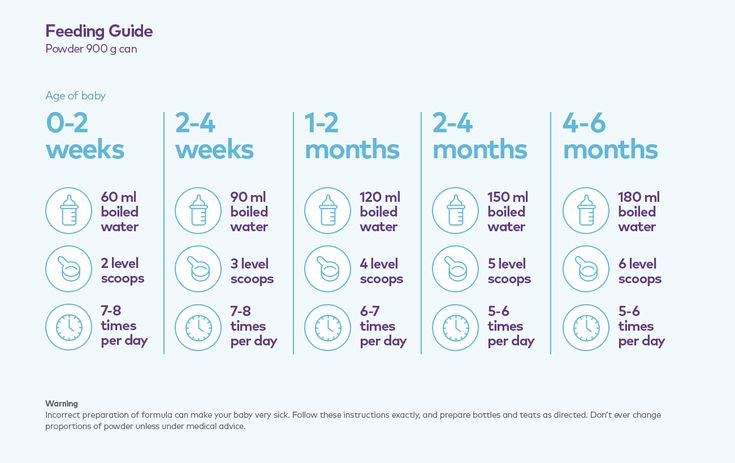 In the event that this is not possible, you can give preference to ready-made canned mashed potatoes. They undergo mandatory certification confirming the quality.
In the event that this is not possible, you can give preference to ready-made canned mashed potatoes. They undergo mandatory certification confirming the quality.
2. It is advisable not to buy store-bought juices for your child in large quantities. Compotes will be much more useful for him. You can also offer decoctions of dried fruits. nine0047 3. If you decide to buy ready-made food for your baby, then pay attention to the label and the release date. The product must be age appropriate and fresh. The composition should not contain salt, sucrose, dextrose and other extraneous additives.
In general, it is worth remembering that the first food offered to a child should be puree-like, not too viscous products, consisting of one ingredient, soft consistency, without added sugar, salt and spices, says Andrey Mosov, head of the expert direction of NP Roskontrol, doctor on nutritional hygiene of children and adolescents. He insists that preference should be given to industrial prepared meals, as such products have been tested and certified. There are no guarantees with mashed homemade vegetables. nine0005
There are no guarantees with mashed homemade vegetables. nine0005
Introduction of complementary foods to formula-fed premature babies
The question of the correct introduction of complementary foods to a premature baby should be discussed individually at a pediatrician's appointment. In order for the body to be able to process a new product, organs and systems must be sufficiently mature and prepared. The quality of food digestion largely depends on the production of special enzymes, so you should not be self-motivated in compiling the baby's menu. nine0005
The schedule for the introduction of complementary foods will be determined by the presence or absence of anemia, the rate of weight gain, the tendency to allergies, and some other nuances. Formula-fed premature babies are usually advised to start introducing meat and egg yolk earlier. It is advisable to cook porridge on a vegetable broth or mixture, and not on water, since then they will be more nutritious and healthy.
IMPORTANT! However, the course of complementary foods must be monitored by a pediatrician. The doctor monitors the child's reaction to new products, evaluates the dynamics of growth and general physical development. The scheme may change if any deviations from the norm are detected during routine inspections. nine0005
Answers to frequently asked questions for mothers
• What foods should not be given to babies under one year old?
It is forbidden to give cow's milk to babies under the age of one, as it can cause allergic reactions and digestive disorders. It is perfectly replaced by adapted mixtures from modern manufacturers. In addition to milk, it is not recommended to include nuts, citrus fruits, exotic fruits and vegetables, red fish and honey in the menu of the crumbs of the first year of life.
• What should I do if my child absolutely does not want to eat complementary foods? nine0004
Wait a while and try to offer food again, but don't insist on another refusal. Perhaps the baby did not like the new dish because of the unfamiliar taste. Children are big conservatives and are often wary of change. Be patient, do not rush to introduce complementary foods. Show your child with what appetite you yourself eat from your plate, and then he may have a desire.
Perhaps the baby did not like the new dish because of the unfamiliar taste. Children are big conservatives and are often wary of change. Be patient, do not rush to introduce complementary foods. Show your child with what appetite you yourself eat from your plate, and then he may have a desire.
• What should I do if my baby has problems with stool while weaning? nine0004
If a child has a stool retention of more than three days during the introduction of complementary foods, then we can talk about constipation. In this case, you need to visit a pediatrician, as well as immediately exclude fixing foods from the menu and give more fluids to drink. If the stool has become too frequent (more than 5 times a day), then this may be due to indigestion or an intestinal infection. Be sure to consult your doctor about this.
• What should I do if I have an allergy to complementary foods? nine0004
It is advisable to take care of this issue even before the introduction of complementary foods, asking the pediatrician observing the child to prescribe an antihistamine drug that is optimal for his age.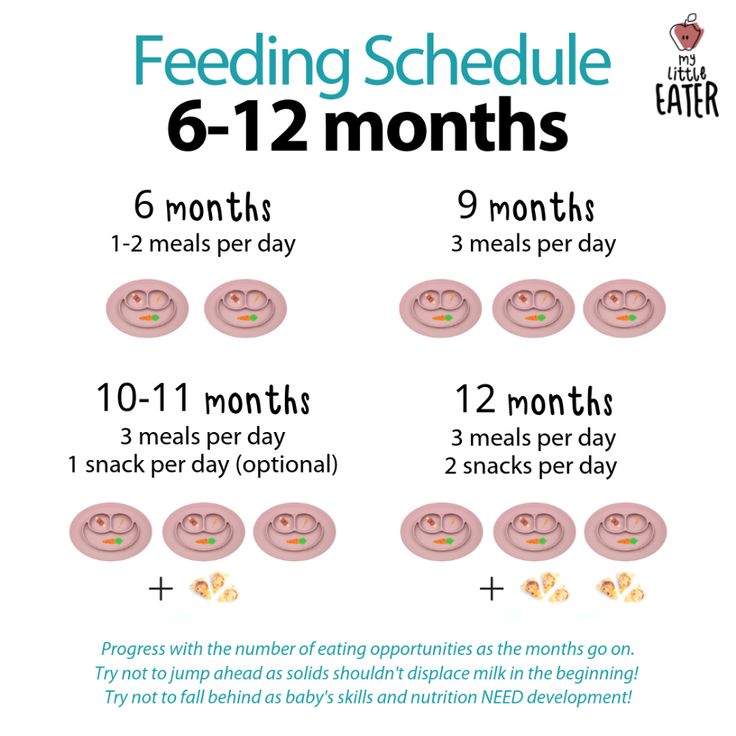 You should also carefully fill out the food diary at first. With it, it will be possible to identify a possible allergen and exclude it from the baby's menu, preventing more serious health consequences.
You should also carefully fill out the food diary at first. With it, it will be possible to identify a possible allergen and exclude it from the baby's menu, preventing more serious health consequences.
• How do you know if a baby tolerates complementary foods well?
Normal weight and height gain, regular bowel movements, and the absence of allergic skin rashes indicate the successful introduction of complementary foods. If the baby is cheerful, active, he has a good appetite and a good sleep, most likely, this means that you are doing everything right and the selected diet suits him. nine0005
However, it is impossible to completely refuse artificial formula when introducing complementary foods, even when the infant eats complementary foods with appetite. His body is not yet ready for a complete change in the type of food and may malfunction. This often manifests itself in the form of allergies, stool disorders or growth retardation. Remember that the baby should enjoy the new food. Only under this condition will he form the correct eating behavior.
Only under this condition will he form the correct eating behavior.
#Nutrition for children up to a year #Complementary food
WHO recommendations for the introduction of complementary foods
08.08.2019
Readiness of the child to complementary foods According to the WHO recommendation, existing for 2018, it is optimal to introduce complementary foods to an infant at 6-8 months. Until six months, the baby's gastrointestinal tract is still not sufficiently formed, all the necessary enzymes are not produced for the assimilation of food other than mother's milk or formula. And by 9-10 months, the child can already form stable stereotypes of eating only liquid food, and overcoming them will be painful and difficult for the baby. nine0005
Thus, WHO defines the following signs of a child's readiness for the introduction of complementary foods: the maturity of the digestive system; extinction of the solid food ejection reflex; the appearance of the first teeth, making it possible to chew; the readiness of the baby to be stable in an upright position; emotional readiness for new tastes and sensations.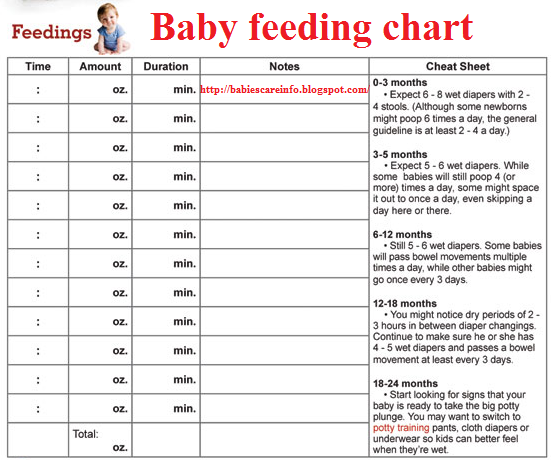
Complementary feeding system WHO has developed recommendations for three complementary feeding options: cereals, vegetables, and meat.
Fruit complementary foods are not recommended for cereals and vegetables. This is due to the fact that up to 8-9 months the gastrointestinal tract of the baby is not ready for the absorption of raw fruits and fruit juices. It is vegetables and cereals that will populate the intestines with the necessary bacteria for the absorption of fruits.
Kefir, according to the WHO, is not considered complementary foods because it is not a solid food. The WHO complementary feeding scheme includes kefir only as an additional food from 8 months. The introduction of cow's milk is recommended by WHO only from 12 months. nine0005
Any complementary feeding scheme assumes that portions of complementary foods will systematically increase from half a teaspoon to 100-200 g. The first dishes for complementary foods are prepared exclusively with one-component. Each next component is introduced only after complete addiction to the previous one (6-7 days).
Each next component is introduced only after complete addiction to the previous one (6-7 days).
Product sequence
The following sequence of introduction of complementary foods is proposed.
- Vegetables at 6 months. nine0008
- Porridges on the water (oatmeal, buckwheat, corn) at 6.5 - 7 months.
- Fruit puree, yolk at 8 months.
- Milk porridge at 8-9 months.
- Meat puree at 9 months.
- Meat by-products at 9-10 months.
- Kefir, cottage cheese, yogurt at 9-10 months.
- Fish at 10 months.
- Juice at 10-12 months.
- Berry puree at 12 months. nine0008
- Meat broths at 12 months.
The introduction of vegetable oil (olive, sunflower) in puree and porridge is allowed from 6 months: a scheme with 1 drop with a gradual increase to a volume of 1 teaspoon. The introduction of butter begins at 7 months: the scheme is from 1 g to 10 g in porridge.
For formula-fed babies, the first feeding schedule is similar, with a few exceptions. For these babies, it is better to introduce complementary foods from 5 months, because the milk mixture does not give the small body all the “building material”. The introduction of complementary foods differs only in terms: vegetable purees and cereals are introduced a month earlier. nine0005
First cereals
If the child's weight is significantly less than normal, WHO recommends starting complementary foods with non-dairy cereals. For babies, cereals are prepared only with non-dairy, unsalted, semi-liquid, absolutely homogeneous in consistency. The first cereals are prepared from cereal flour (the sorted and washed cereals are carefully ground and crushed).
The following sequence of introduction of cereals is proposed: buckwheat, rice, corn, oatmeal, semolina. It is recommended to cook semolina porridge only once a week, because it contains practically no nutrients, but it is rich in gluten, which can cause problems in the intestines. Proportion for the preparation of the first porridge: 5 g of cereal flour per 100 ml of water. After slightly cooling the finished porridge, chop again. In the finished porridge, you can add 1-2 drops of vegetable oil or a little expressed breast milk. nine0005
Proportion for the preparation of the first porridge: 5 g of cereal flour per 100 ml of water. After slightly cooling the finished porridge, chop again. In the finished porridge, you can add 1-2 drops of vegetable oil or a little expressed breast milk. nine0005
From 9 months, the baby's nutrition system involves multicomponent cereals, from products already well known to the child. You can already add vegetables and fruits familiar to the baby to cereals. At 9 months, it is allowed to cook barley and millet porridge for babies. And by 10-11 months, cereals on the water will be a great addition to meat and fish meatballs and steam cutlets.
Vegetable food
The first purees are made from one vegetable.
The sequence of introducing vegetables into complementary foods for babies suggests the following order: zucchini, cauliflower, pumpkin, potatoes, carrots, green peas, beets. These vegetables are introduced within 6-9baby months. After 1 year, you can give your child cucumbers, eggplants, tomatoes, sweet peppers, white cabbage. After preparing the puree, make sure that the mass is completely homogeneous, there are no fibers and small particles, the consistency is semi-liquid. Don't salt. Add 1-2 drops of vegetable oil or expressed milk.
After preparing the puree, make sure that the mass is completely homogeneous, there are no fibers and small particles, the consistency is semi-liquid. Don't salt. Add 1-2 drops of vegetable oil or expressed milk.
If the child refuses vegetable complementary foods, cancel this product for 1-2 weeks. Try to temporarily replace it with another and return to it after a while.
Meat supplements
From 9 months old, the first meat purees are recommended for babies. The first courses are recommended to be prepared from lean meats: rabbit; quail; turkey; chicken.
Complementary foods for a 6-month-old baby are recommended to be introduced in the morning. This will allow you to track the child's reaction to an unfamiliar product before a night's sleep: is there a rash, intestinal disorders, anxiety in the baby, profuse regurgitation. It is better to give vegetables or porridge first, and then saturate with breast milk or formula. Gradually, porridge and a vegetable dish will replace one full meal.



